Hi Steemians! I have not posted for a while because it is festival time here in Nepal. The festival of prosperity, wealth, relationships, energy and lights, a whole lot of them. The festival is called diwali, deepawali and tihar in different parts of Nepal and India, which all mean the celebration of light. Mostly celebrated by hindus, this festival is enjoyed by people following other religion as well. There is so much energy and lights, almost no one is left untouched with the vibrancy of the festival. The festival in Nepal is celebrated over four days, each having its own importance.
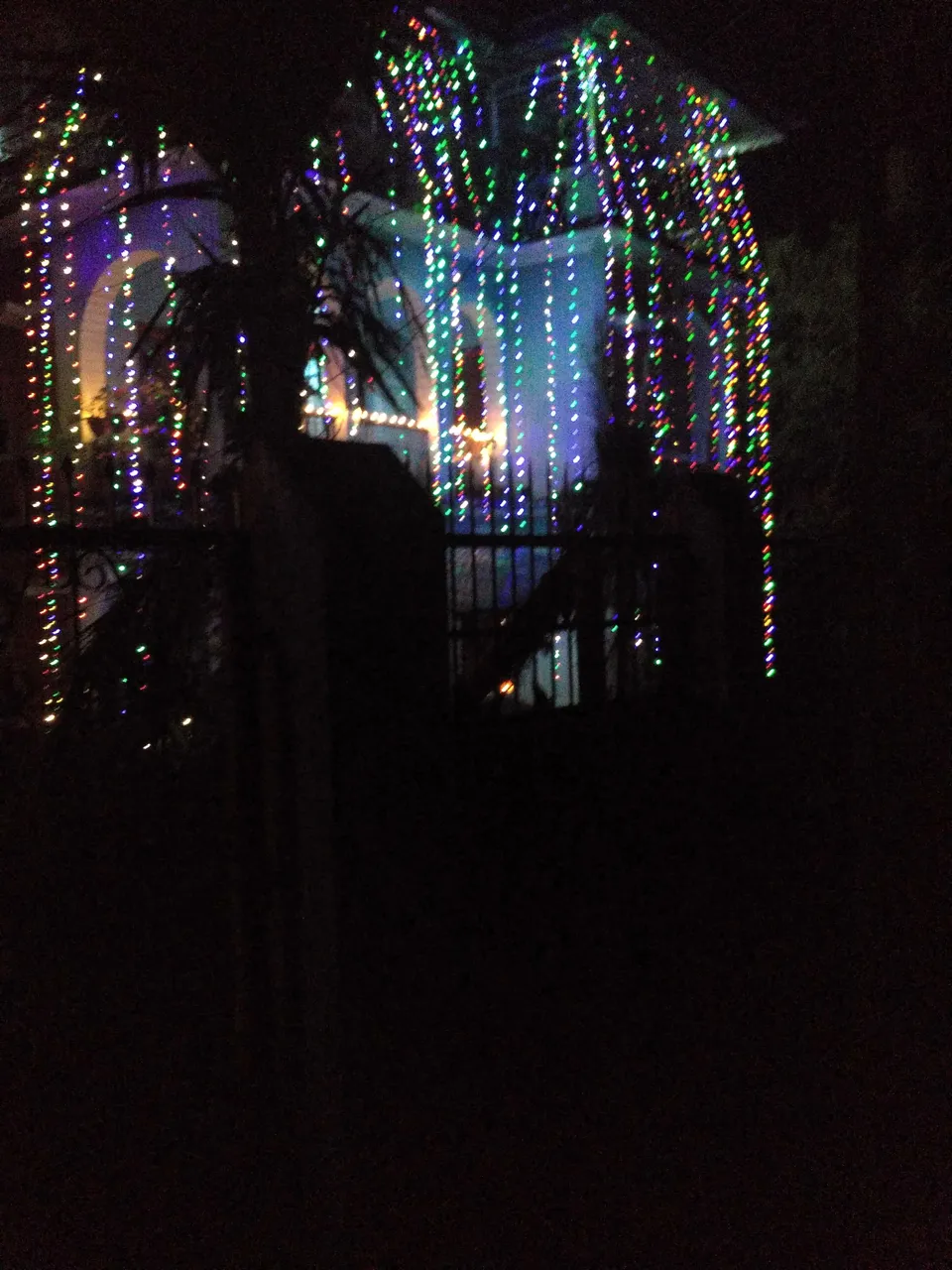
I will cover the five days of the festival individually explaining them with as far as I know from my experience.
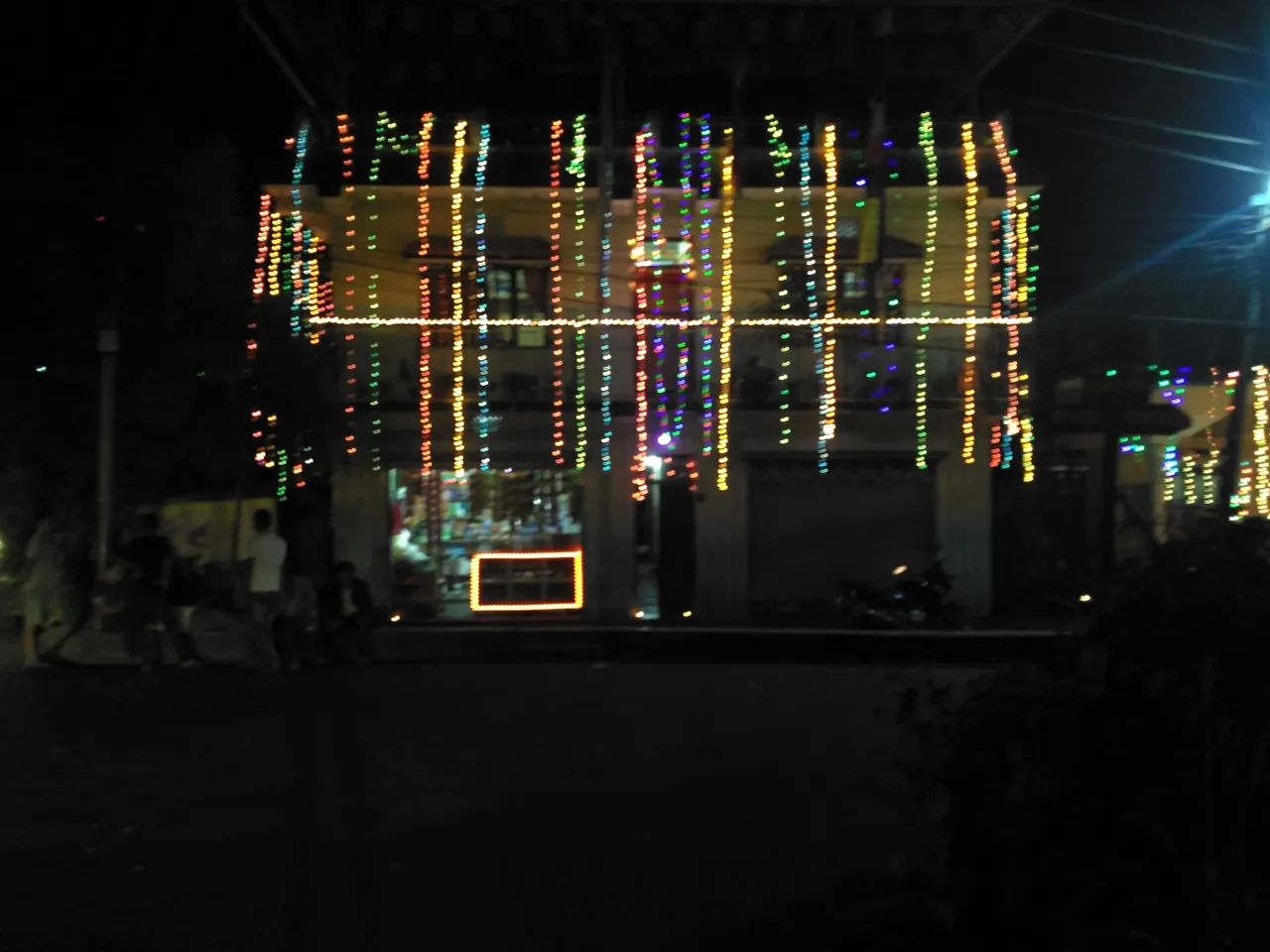
First Day: Kaag Tihar
In the morning of firstday, Kaag Tihar where Kaag means Crow or Raven. It doesn't make a lot of sense of the practical use of Ravens in our life nowadays but they must have been an important aspect of life for our ancestors as they are seen as messengers. Even now, if a raven comes to somebody home at a village, they expect a visitor at their home. We saw ravens used in Game of Thrones series for sending messages, I am not sure if they were used the same way but somewhat similar should have been the case. In the morning, ravens are sought and offered food which is left outside on bowl made of leaves of Sall Tree.
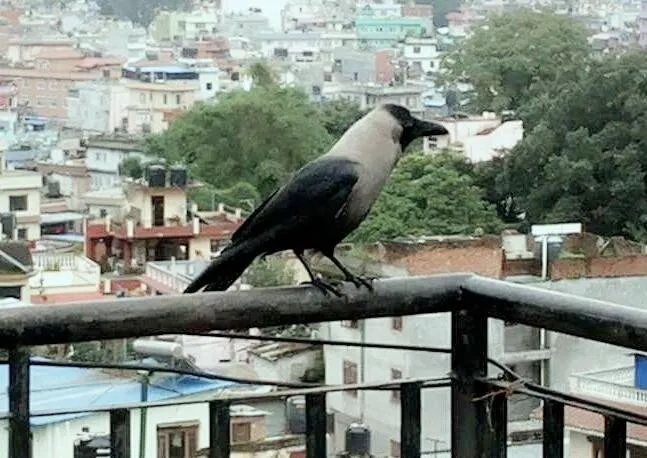
Second Day: Kukur Tihar
Kukur in tihar means Dog in Nepali Language. So, essentially this day is dedicated to the Dogs. Since, it is a known fact that dogs are Man's best friend, in Nepal the day marks the importance of dogs in our life. In this day they are worshipped for the role they play in our everyday lives, In the morning they are cleaned, worshipped with vermillion, flowers and decorated with flower garland usually a marigold flower and given the best assortment of food available.

Third Day: Laxmi Puja
In the Night, the Goddess of Wealth and Prosperity is worshipped by every follower of Hindu Religion and ask blessings for their upcoming year to be prosperous and successful. First, the entrance to the home is cleaned and lighted up and worshipped and footsteps are made using rice flour to the main place where statue or picture of Goddess Laxmi is established. It is believed that Goddess will follow the footsteps and enter the homes of people and give blessings. The statue or picture is decorated with lights, lots of flowers of various colours, colours of different kinds, fruits of different colours and sizes are offered, many kinds of food items prepared in that home and money or notes of every denominations. After the Puja or worshipping ritual is finished, the main Diyo, or light source is used to light up the whole house using other diyo's or candles. Nowadays, electrical lights are extensively used and houses are decorated during the day time and are lighted up at Night time.
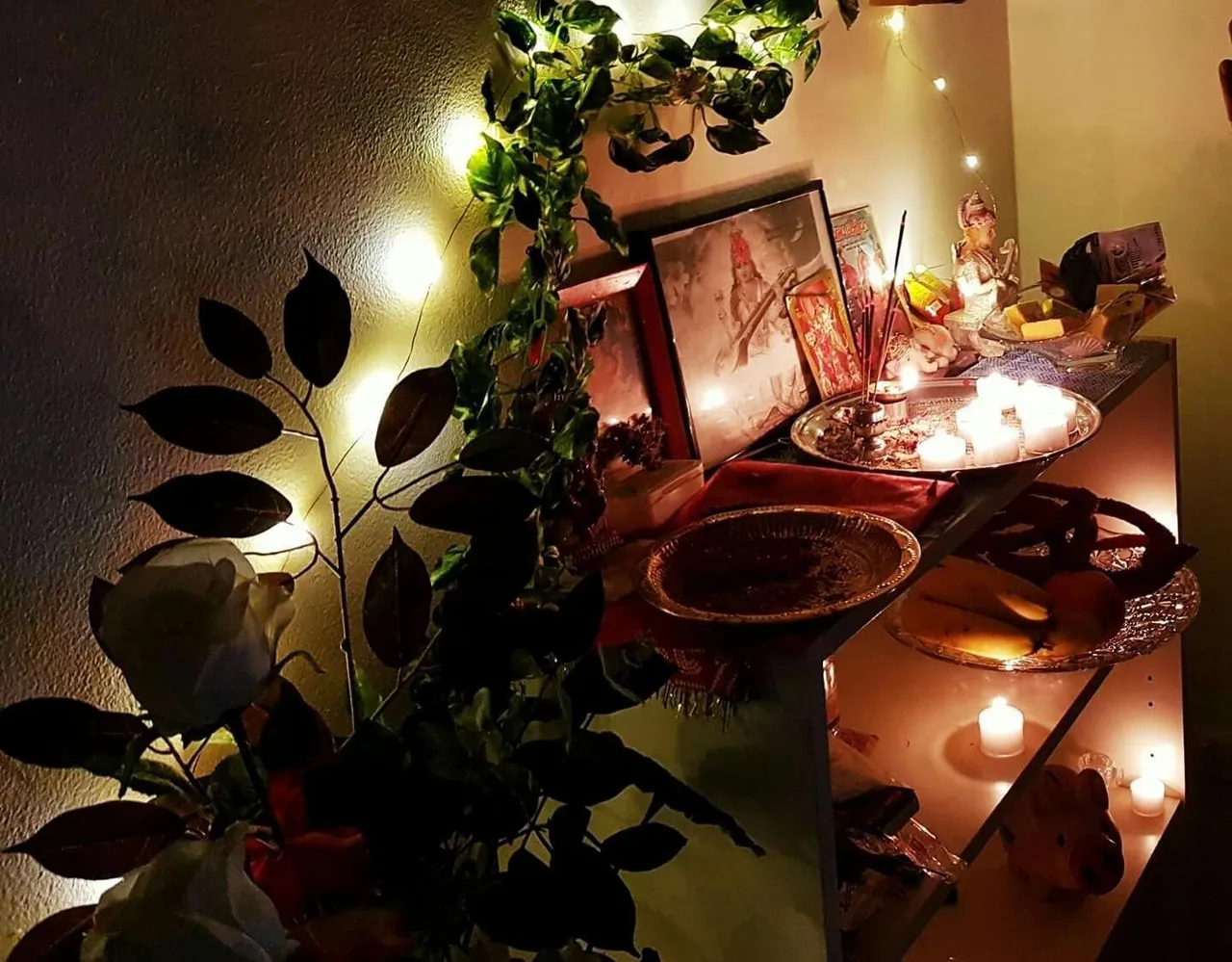
This day also marks the start of deusibhailo ritual of which I shall explain later on.
Fourth Day: Govardhan Puja
The fourth day also marks the celebration and worshipping of one of the important animal of our life, The Cow. The importance of Cow and the products they provide us is extensively used worldwide. They deserve at least a day dedicated to them, I don't have a clue about other cultures but Hindus culture have been worshipping them for centuries. The dairy products are an essential part of our daily food intake and the excretion is best manure out there. Although cow meat products are consumed in many parts of world, Hindus however do not consume them as cows are kept in category of divine animals and are the most important of animals in our life.
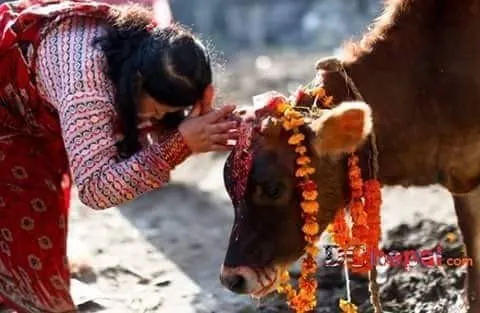
In the morning, the people who do not raise cows go to houses of people who raise cows with colours, flowers, garlands, food and fruits and worship the revered animal. The cow is worshipped flowers and colours and given fruits and foods.
Fifth Day: Bhai Tika
The fifth and the last day is about one of the important relation of our life, Brothers and Sisters. Whether same age siblings or there be a age gap, the relation has quite an intimacy no parents or friends can fulfil. With age, life makes us busy and indulged with quite a lot of stuffs and there is mostly no time left for brothers and sisters after marriages or shifting to other places.
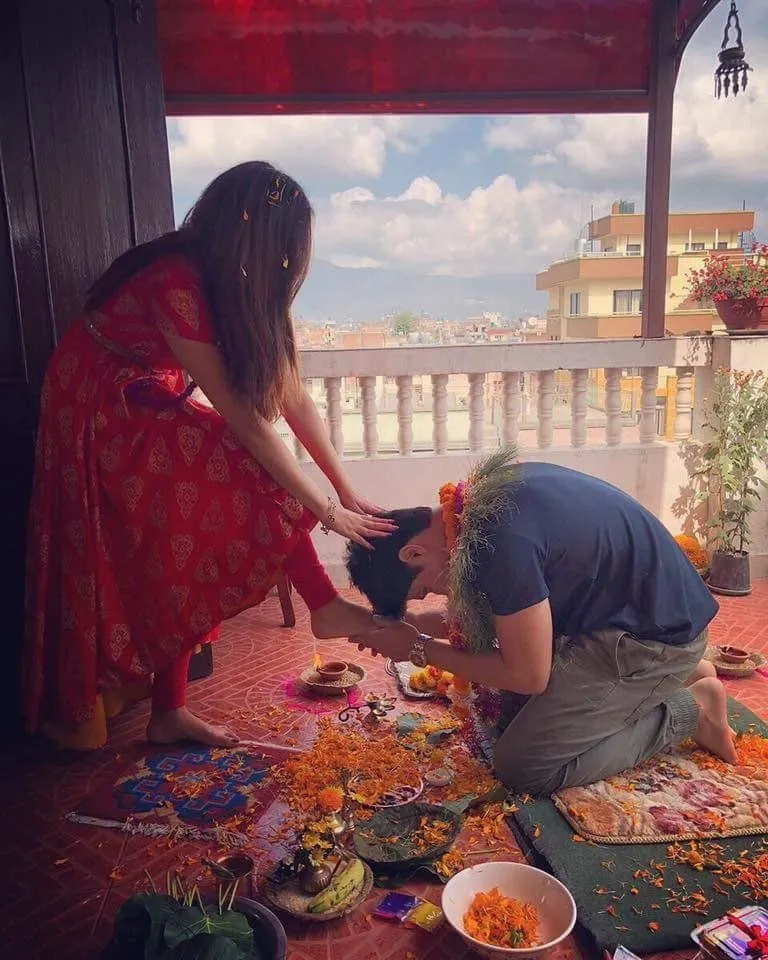
On this day, brothers and sisters get together and follow the same culture of worshipping each others with flowers and colours. After the ritual, food prepared beforehand is consumed together and the whole day is spent chatting and activities like playing cards or board games. Some brothers and sisters part the same day or the next if they have to travel to another place. If someone doesn’t have their own brother or sister, they celebrate with their cousins or nephews. If there is none, then some celebrate with someone they have considered their brother or sister, usually this is the case with someone who is abroad and can't travel to their home.
Other Major Aspects of the Festival
Foods Various types of delicious foods are prepared and consumed which are not usually consumed at other times of the year. Most of them are traditional pastries and the most famous and made by everybody is Selroti which is mainly made up of rice flour and fortified butter with twist of other flavouring by different people. The roti or pastry is then made semi liquid which is poured into hot oil in frying pan and fried until crisp. The taste is subtle sweet and is generally consumed as snack.
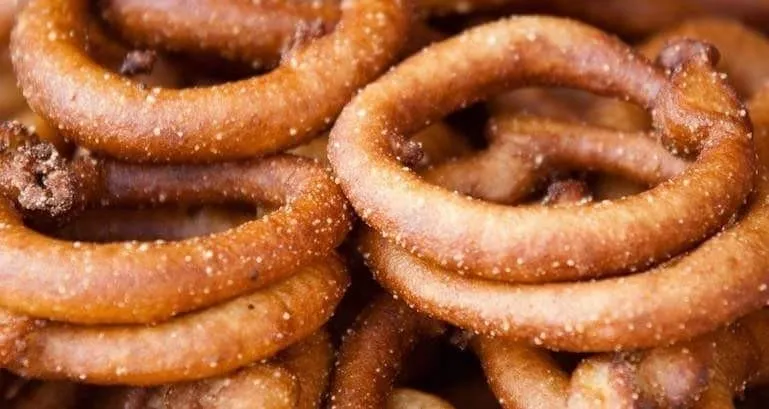
Lights Almost everybody light up their houses and if anybody sees a house not lighted up. Most probably they are mourning death of someone close as there is a ritual of not organizing or celebration for one year of the death event. Usually, people used to decorate their houses with marigold flowers sewn into large garlands covering a span of their houses, doors and windows. It is still practiced still today but in much lesser way as the flowers are getting expensive. Now usually houses are decorated with colourful paper, plastic, and small lights generally known as Christmas lights.
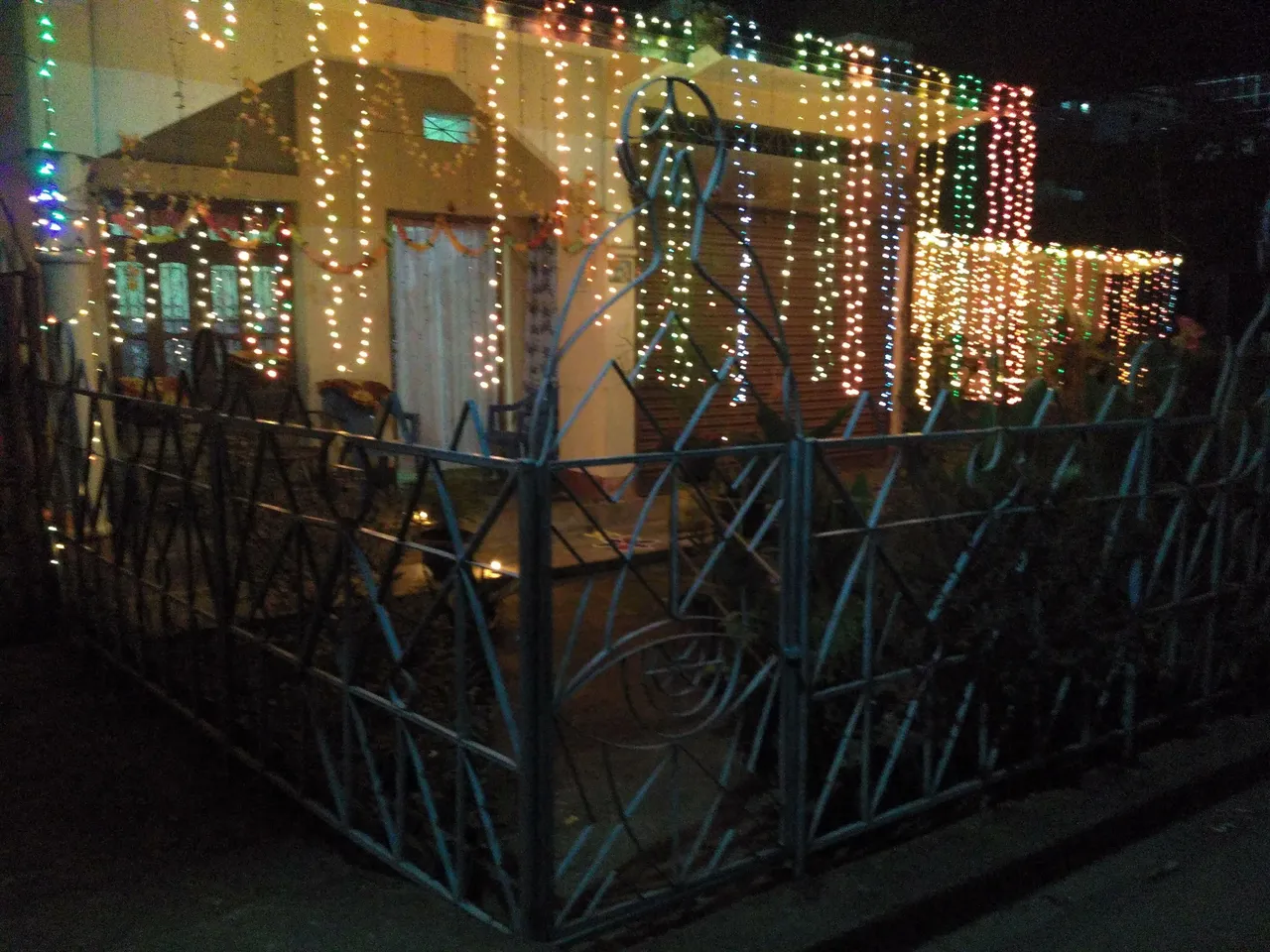
Economy It is one of the holiday season and most get at least three days off on the occasion of Tihar. The business volume usually spikes up than the normal as people shop for almost everything. There is a belief that introducing new goods at home is auspicious at this time. Most items bought are consumables and gifts specially for brothers and sisters. A lot of offers are going on at this time of the year by various companies as this is a peak buying time.
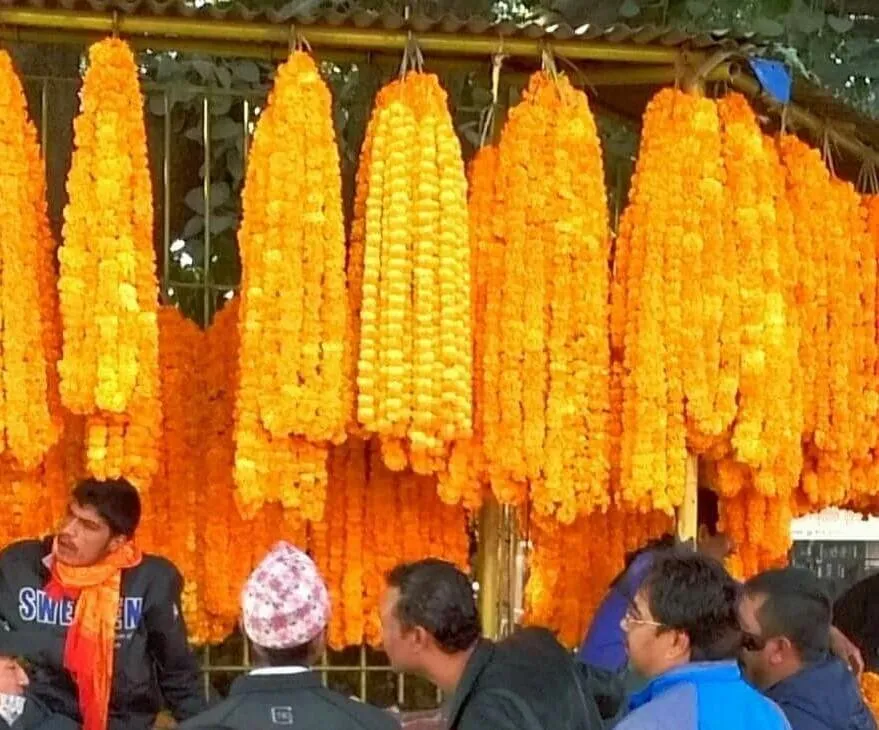
Deusi-bhailo This is a traditional entertainment method celebrated all over Nepal. Almost all age group participate in the program which makes neighbour relationship stronger. Usually a group of girls and boys team up and sing and chant the songs of deusi-bhailo. The groups then go to each others houses and entertain the house members with songs and dance. The house members provide money, foods and drink and sometimes join to sing and dance as well. Finally when it is time to part, the team give blessings for prosperity and wellbeing and promise to comeback next year.
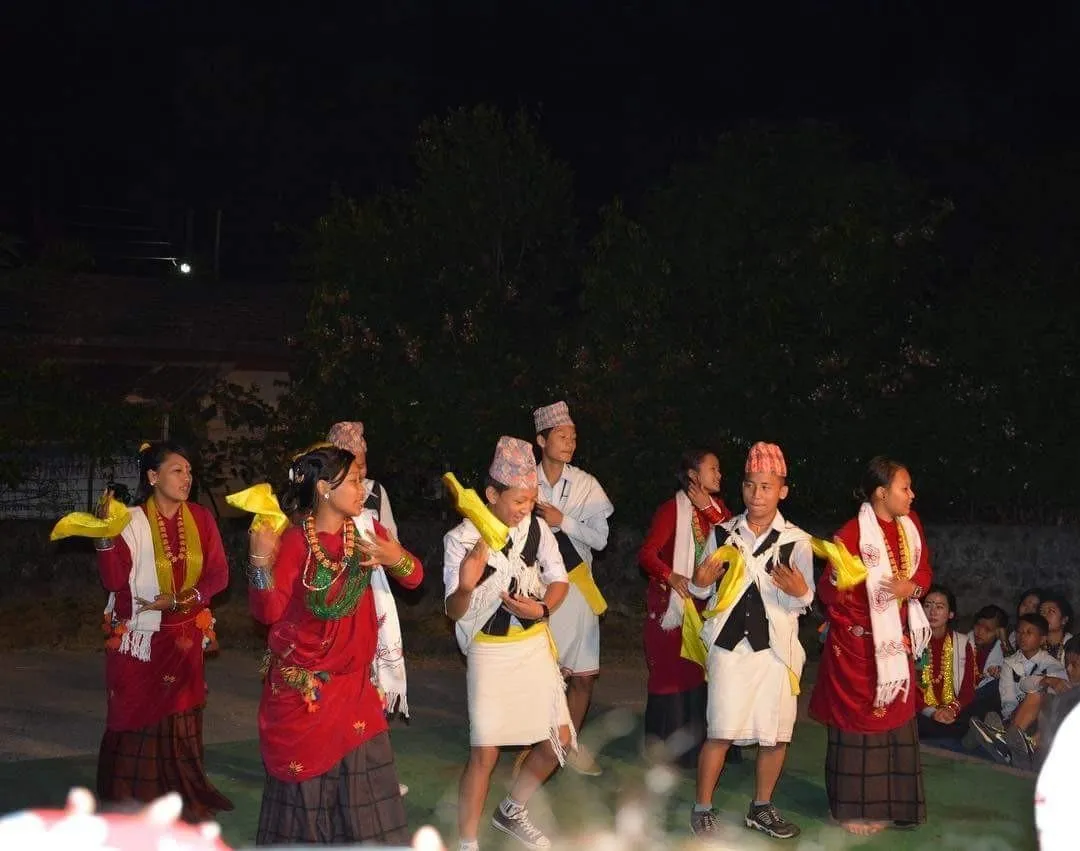
Rangoli Colourful patterns are made using colour powders in front if the house near the entrance. The are lot of patterns available to chose from if searched with the keyword. Since it is made just of powder, it is easily washed off after the festival ends.

There are lots of minor stuffs that I've not covered in this article as I do not want it to be very long. Also, this time of the year being the best time to visit Nepal, tourist are seen at lot of places enjoying what Nepal has to provide.
